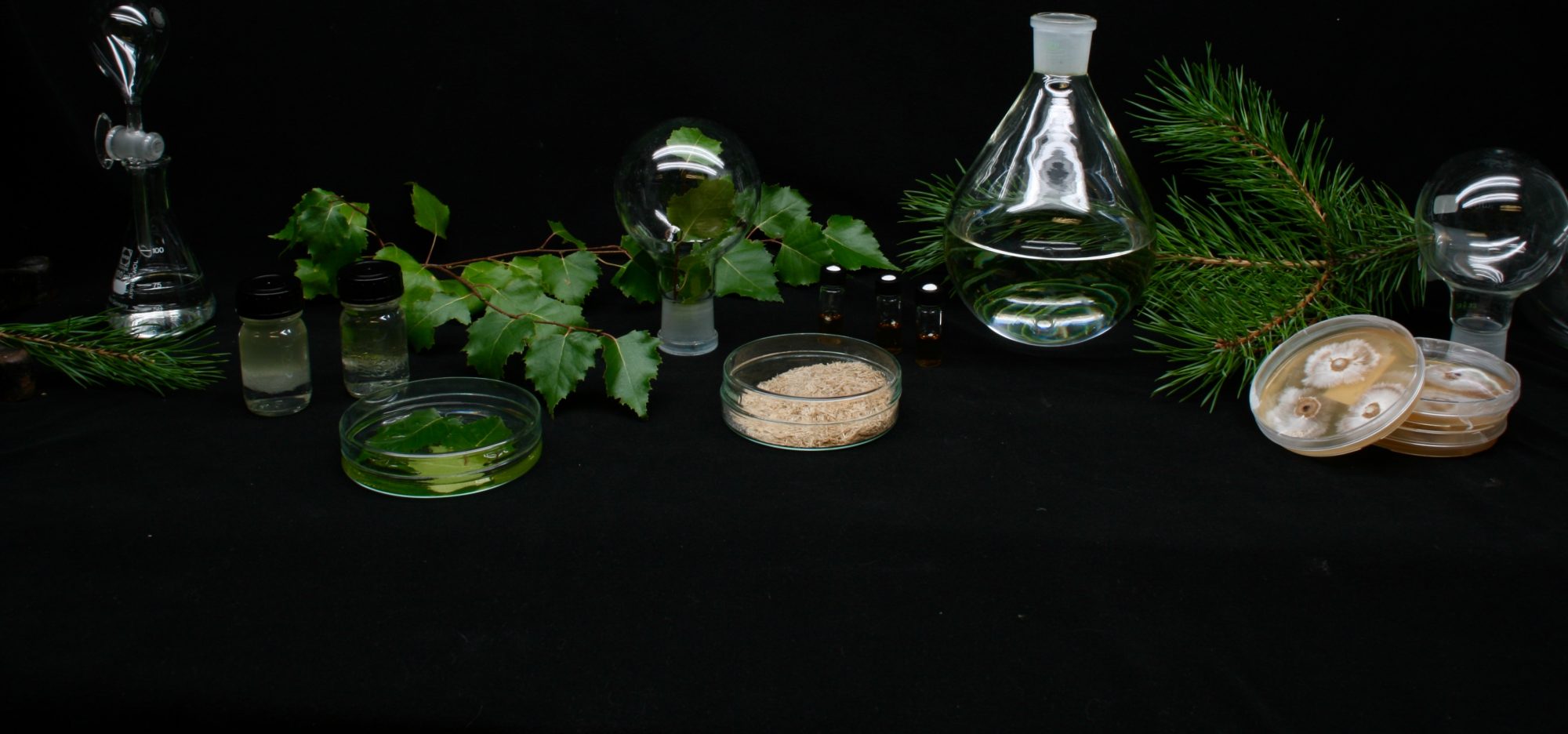The awarded thesis was titled;
ASSOCIATIVE BEHAVIOR OF SPRUCE GALACTOGLUCOMANNANS IN AQUEOUS SOLUTIONS AND EMULSIONS
Mamata was presented by the foundation with the 10,000€ award for the doctoral thesis that best advance’s the foundations goal at the annual festive gathering held at Demo in Helsinki. She completed her PhD at the Department of Food and Nutrition, University of Helsinki in December 2020 under the supervision of Associate Professor Kirsi Mikkonen.
Renewable and biodegradable plant polysaccharides, such as wood hemicelluloses are envisioned to be used as future raw materials in consumer products, including food or pharmaceuticals. Mamata’s research explored softwood hemicelluloses from spruce (galactoglucomannans; GGM). GGM obtained from different recovery approaches are currently finding applications as emulsifiers and stabilizers of dispersed systems. Their associative properties are affected by the recovery approach since it influences purity and intrinsic characteristics (e.g., molar mass, degree of substitution). The novelty of Mamata’s study findings lies in linking the solution properties of aqueous wood hemicelluloses with their functionality in emulsions, namely, interfacial morphology and stability. Understanding the impact of the GGM recovery approach on its associative behavior, currently limited, is essential to comprehend the stabilization mechanism of GGM in dispersed systems as well in the expansion of its functional applications
The most important finding from this study is that polysaccharide “solubility” plays an important role in interfacial structures and emulsion stability. The former can be tailored with recovery procedures, which provides a unique opportunity to fabricate polysaccharide-based particles. Currently, novel biomaterials are being developed from wood biomass. The findings of this study contributed to the characterization of GGM’s structure at a nanometric scale, thereby enhancing its scope for future applications. These findings would also be relevant in existing operations of paper and pulping industries, as well as for aspiring biorefineries in identifying optimal GGM recovery approach.
The Food Material Science Group would like to warmly congratulate Dr. Mamata Bhattarai for her outstanding contribution to the field during her early research career and look forward to tracking her progress into the future.
Publications arising from Mamata’s thesis work
- Bhattarai M, Kontro I, Sulaeva I, Valoppi F, Potthast A, Mikkonen KS. Polymerparticle features of polysaccharides determine emulsion stability and interfacial morphology.
- Bhattarai M, Sulaeva I, Pitkänen L, Kontro I, Tenkanen M, Potthast A, Mikkonen KS. Colloidal features of softwood galactoglucomannans-rich extract. Carbohydr. Polym. 2020a, 241:116368
- Bhattarai M, Valoppi F, Hirvonen SP, Hietala S, Kilpelainen PO, Aseyev V, Mikkonen KS. Time-dependent self-association of spruce galactoglucomannans depends on pH and mechanical shearing. Food Hydrocoll. 2020, 102:105607
- Bhattarai M, Pitkanen L, Kitunen V, Korpinen R, Ilvesniemi H, Kilpelainen PO, Lehtonen M, Mikkonen KS. Functionality of spruce galactoglucomannans in oilin-water emulsions. Food Hydrocoll. 2019, 86:154-161.
The Finnish Natural Resources Research Foundation Award information
(https://www.slts.fi/en/doctoral-thesis-award/)
To encourage young doctoral students to engage in research related to the sustainable use of Finland’s natural resources, the Foundation annually presents a €10,000 award to a doctoral thesis that best advances the Foundation’s goals. The foundation evaluates nominations based on The award-winning doctoral thesis must be of an internationally high standard and create opportunities to develop the utilization of Finland’s natural resources in compliance with the principles of sustainable development. The thesis must have been approved by a Finnish university. The evaluation criteria include the scientific-technical novelty and commercial potential of the results, as well as the advancement of the principles of sustainable development and resource-efficiency in the use of natural resources.

